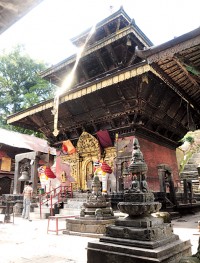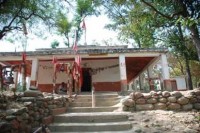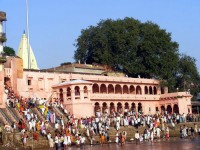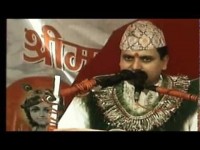Lhosar- Ethnic New Year
The word consists of two words, ‘Lho’ meaning year and ‘Sar’ meaning new in Tamang language. The end of the old year and the beginning of new one is celebrated as Lhosar. The Tamang calendar has 12 years named after 12 different animals and only after completing the first 12 years, the same year is said to be repeated. The cycle is said to be completed in five years.
It is believed to be the first ever traditional practice in the world and is based on the Chinese Lunar Calendar. According to the legends, when Gautam Buddha was about to leave for the heaven, he asked the animals to pay him a visit before he left. Only 12 animals were present there, hence, as a parting gift, he named the years according to order of their arrival.
Among the various Lhosar celebrated around the world, Nepal observes three types of Tibetan Lhosar. They are:
Tolha Lhosar
This festival falls towards the end of the Nepali month of Mangsir and beginning of Poush (mid December). According to the Tibetans, it is only a preparation before the actual Lhosar.
Sonam Lhosar
It falls on the first of January. Sonam means ‘farmer’, hence, it is celebrated by the Tibetan farmers and some communities of Nepal like Sherpa, Hyalmo, Dolwa, and Tamang.
Gyalbo Lhosar
It was named Gyalbo because it was celebrated by the Tibetan Royal families and Royal Gumbas as well as some significant Tibetan Lamas. It is celebrated by some of the Nepali Sherpa.
Lhosar not only has cultural and religious significance but also economic, health and social importance. Khapse (sweet made by mixing rice flour with sugar and ghee), Babar (rice flour bread) and Gutugpa (a dish containing nine different ingredients) are some of the major foods prepared in Lhosar. It is celebrated with cultural songs and different types of cultural dances.







